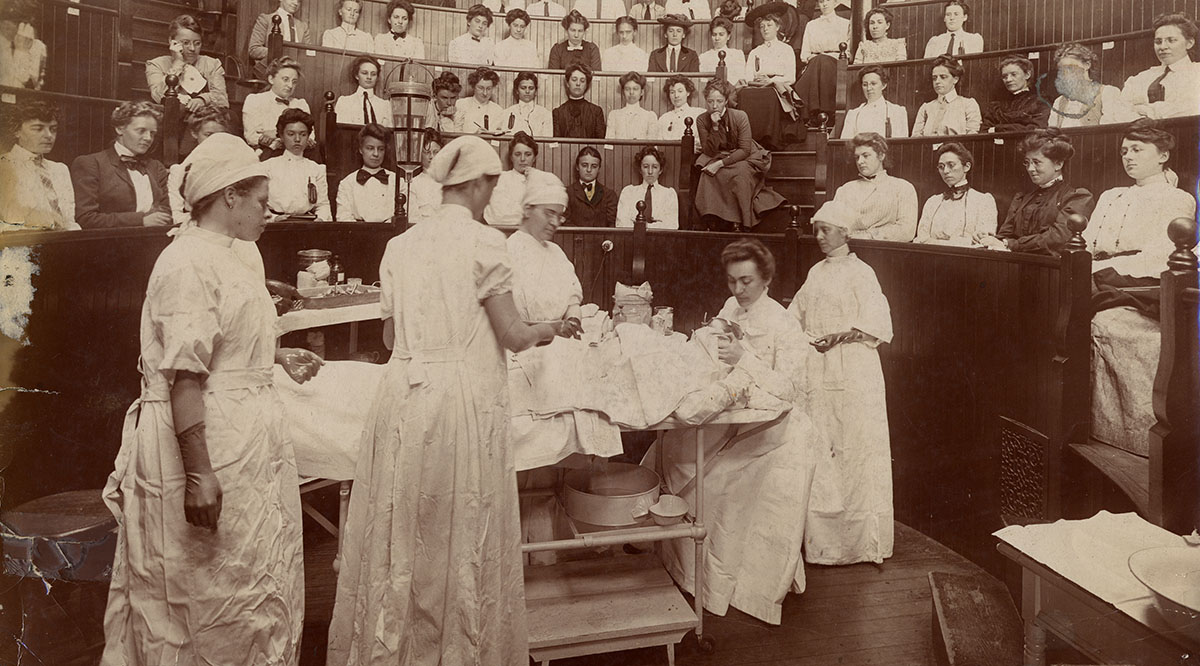
FAQ About Women in the History of Medicine
Women in the History of Medicine
2 years ago | gizem
How has the representation of women in medical textbooks evolved over time?
The representation of women in medical textbooks has evolved over time, reflecting changes in societal attitudes, gender roles, and the increasing presence of women in the medical profession. While there has been progress, challenges and disparities in representation still exist. Here's an overview of the evolution:
Early History (Pre-20th Century):
- In early medical texts, women were often depicted as patients, particularly in illustrations related to reproductive health and obstetrics.
- Female physicians were rare, and their contributions were often marginalized or ignored in medical literature.
Late 19th and Early 20th Century:
- As more women entered the medical profession in the late 19th and early 20th centuries, their presence in medical textbooks began to increase.
- However, women's roles were often limited to illustrations related to obstetrics and gynecology, reinforcing gender stereotypes.
Mid-20th Century:
- The mid-20th century saw greater inclusion of women in medical textbooks as the number of female medical students and practitioners increased.
- Illustrations and case studies began to depict women in various medical specialties, reflecting their growing presence in the field.
Late 20th Century and Beyond:
- In recent decades, there has been a conscious effort to improve the representation of women in medical textbooks.
- Textbooks have increasingly featured women as physicians, surgeons, researchers, and experts in various medical fields.
- Efforts have been made to avoid gender bias in medical content and to promote gender equity in medical education.
Challenges and Ongoing Disparities:
- Despite progress, disparities in representation persist. Women, particularly those from underrepresented minority groups, are still underrepresented in many medical textbooks.
- Some studies have highlighted the persistence of gender bias, including the use of gendered language and stereotypes in medical texts.
Intersectionality and Diversity:
- There is growing recognition of the need for greater diversity and inclusion in medical textbooks, considering factors such as race, ethnicity, sexual orientation, and disability status in addition to gender.
Patient-Centered Care:
- There is a growing emphasis on patient-centered care in medical education, which includes considering the diverse backgrounds and experiences of patients, including those related to gender.
